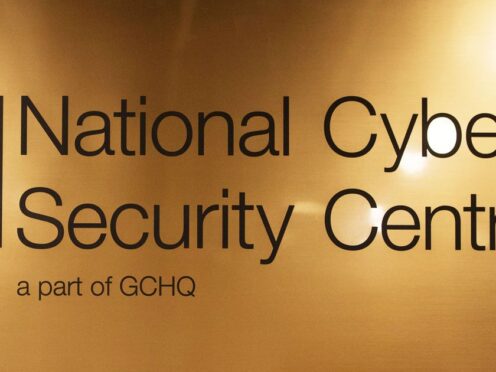The National Cyber Security Centre (NCSC) has announced that former Barclays cybersecurity director Richard Horne will become its new chief executive in the autumn.
Mr Horne will replace Lindy Cameron, who has been appointed British High Commissioner to India.
He joins the NCSC from PwC UK – where he currently chairs the Cyber Security Practice – and the new role see him will lead the UK’s cyber resilience and help set out the country’s security approach to future technology such as artificial intelligence and quantum computing.
Anne Keast-Butler, director of GCHQ, which oversees the NCSC, said: “I’m delighted that Richard Horne will become the next CEO of the NCSC.
“He brings with him a wealth of experience working with major companies and organisations to help them understand and manage their cybersecurity – and respond to incidents when they occur.
“Richard’s experience will ensure the NCSC continues to drive cybersecurity up the boardroom agenda and develop its world-leading partnerships to address the cybersecurity threats that the UK faces.”
Before joining PwC, Mr Horne was managing director of cybersecurity for Barclays.
In 2011, he was seconded to the Cabinet Office to help shape the Government’s first cybersecurity strategy.
“It is an honour to become CEO of the NCSC,” he said.
“Over the seven years since its establishment, the NCSC has repeatedly shown its world-leading understanding of technology and its unparalleled knowledge of the cyber threat we face in the UK.
“I’m incredibly honoured and excited about leading a globally recognised organisation, its world class experts and leaders into the future while helping ensure that our mission is realised.”
